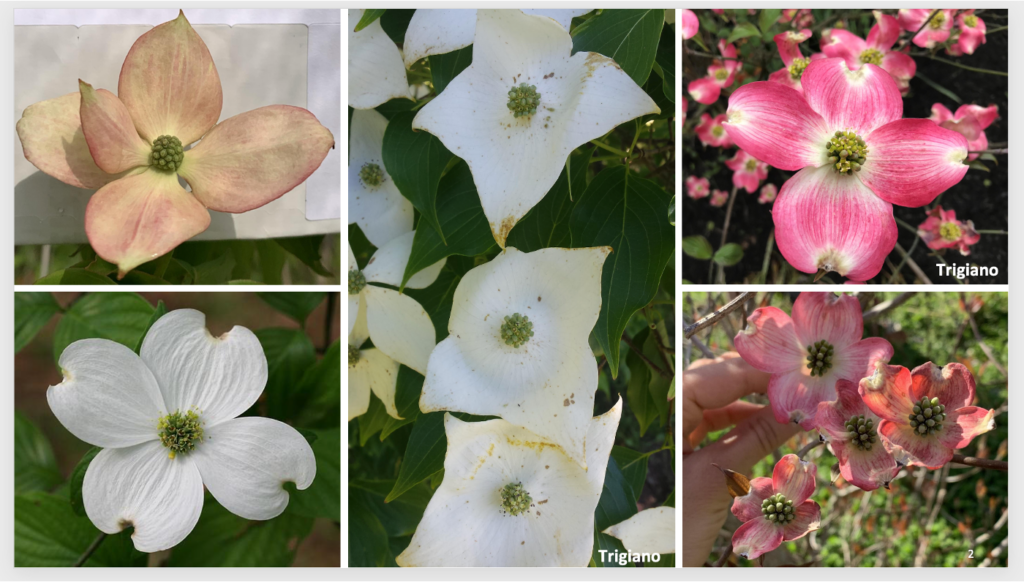
Žaklina Pavlović, fondly known as Jackie, brings a wealth of expertise and enthusiasm to our academic community. As a Ph.D. student under the guidance of Dr. Bob Trigiano, Pavlović ‘s academic journey investigates bioinformatics with a particular focus on flowering dogwoods. With aspirations to cultivate her own coffee brand post-Ph.D., she exemplifies both academic prowess and entrepreneurial spirit. Beyond academia, Pavlović finds joy in spending time with her family, particularly her daughter Nina, exploring the great outdoors.
Q&A with Žaklina Pavlović
Can you tell me a little bit about yourself?
My name is Žaklina Pavlović. You can call me Jackie. I am a Ph.D. student at the EPP department, and I work with Dr. Trigiano. My research mainly focuses on transcriptomic work related to flowering dogwoods. I was born in Belgrade, the capital of Serbia; however, I always felt more like Croatian, considering that my mother’s family comes from there. If you ask me what the Croatian national brand is, I would respond immediately with these three names: Nikola Tesla, Ivan Mestrovic, and Goran Ivanisevic. Once I finish my Ph.D. program, I plan to grow coffee and develop my coffee brand.
What is your current concentration?
My current concentration is in Bioinformatics.
What is your research question?
At this moment, my team of collaborators and I are working on generating a linkage map for beloved flowering dogwoods. The linkage map will allow us to detect regions of genetic interest, further facilitating cultivar selection and better-satisfying consumer demand.

What are the primary obstacles in answering this question?
Primary obstacles came from dogwood intrinsic biology; thus, it was challenging to obtain the F2 population necessary for this type of research due to self-incompatibility.
Can you tell me a little more about your research?
My research mainly focuses on transcriptomic work related to flowering dogwoods. I have worked on detecting candidate genes involved in bract pigment synthesis and early response to dogwood powdery mildew. I gained experience in transmission electron microscopy while investigating the colonization of dogwood leaf tissue by powdery mildew. Additionally, I worked on whorled sunflower tissue culture protocols winch aimed to develop protocols for its easy propagation.
What academic class has been your favorite and why?
Dr. Staton’s class, Bioinformatic Application: EPP 622, was my favorite class because, until then, I was intimidated to work on any data analysis requiring computational knowledge.
How has your academic training at The University of Tennessee prepared you for a career?
Through my academic program at UT, I learned how to improve my time management. Additionally, I ameliorated my writing and communication skills.
What do you believe is your biggest academic achievement?
Detection of candidate genes involved in an early response to dogwood powdery mildew, which causes severe damage to dogwood trees.
What kind of extracurricular activities do you participate in?
I participated in a student organization, GSA, and was a teaching assistant for EPP:123 class, Chocolate: Bean to Bar.
What are your two favorite hobbies?
I love spending time with my family. My little girl, Nina, loves the outdoors and adores the seaside and beach. I also love to play tennis and learn new languages.
Any advice you would like to share with a prospective student?
Doing science constantly pushes you out of your comfort zone because it never goes the way you anticipate. However, the beauty lies in overcoming those challenges. Thus, never give up; there is always a solution or a compromise that might be found.
